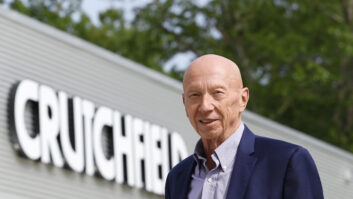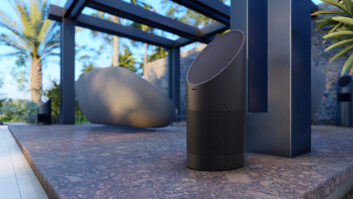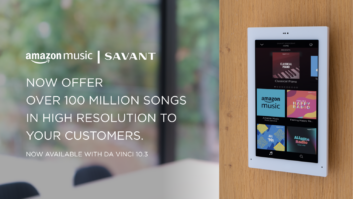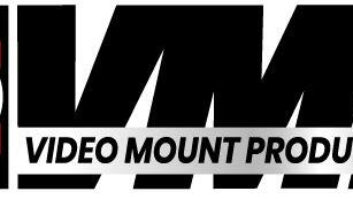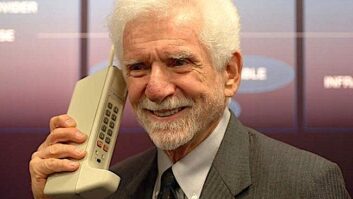What a long, strange trip it’s been.
The world was so much different 20 years ago, when a fledgling Amazon.com first when live online. But following a shaky start, replete with stomach-churning burn rate, the House that Bezos built would go on to define e-commerce, redefine retail, and change all of our lives, largely for the better.
It certainly did for this reporter, who in a sense owes his job to the company. During those first tentative years of online selling, TWICE saw the need to expand its retail reporting as the new digital distribution channel took shape. And by 1997, when Amazon completed its IPO, a new writer was on board.
The timing couldn’t be better. Having established a beachhead in books, founder/CEO Jeff Bezos set his sights on his next major product category: consumer electronics. It was a near-perfect match, as CE SKUs were largely shippable, and the first cyber shoppers were tech-savvy electronics users by nature.
But as with the world, the CE business was a much different place back then, and the e-tailer struggled for years to attain industry authorization and respect. Faced with the stricter channel policies of the time, successive Amazon merchants depended largely on CE distributors to provide a virtual assortment, as manufacturers — quite rightly it turned out — were wary of the channel’s unbridled pricing policies.
Indeed, freed from sales tax and the overhead of real estate and showroom staff, and looking to gain a foothold through price disruption, Amazon would become a fierce competitor, and helped foment “the race to the bottom” that wreaked havoc throughout CE retail and would eventually wreck the TV category.
But back during those formative years, when Amazon was still looking for electronics legitimacy, Bezos made it his business to be at CES. That’s when TWICE had the opportunity to spend some time with the former Wall Street computer science exec, during a formal sit-down interview and, afterward, stuck in traffic together on the Vegas strip.
Those couple of hours were perhaps the most challenging in the career of this reporter, who, though reasonably intelligent, struggled to keep up with Bezos as he careened from one topic to the next, his zeal frequently punctuated by his trademark staccato laugh.
That same keen intellect went on to create the pillars that would turn Amazon from an online upstart into a major player, not just in CE, but across multiple industries, just as its mighty, wending namesake river suggests. Among his innovations: One-click ordering, tailored product recommendations, comprehensive product specs and consumer guides, and a third-party marketplace that further extended the boundaries of its assortment.
These, together with easy site navigation, a nohassle return policy and often break-even price points subsidized by Amazon’s e-commerce and later cloud computing services, helped make online shopping mainstream.
The knockout punch came with its Prime membership program, which promised two-day deliveries on countless items for $79 a year (since raised to $99), and an attendant ecosystem of musical, video and written content that could be delivered with proprietary Amazon hardware, beginning with its category-defining Kindle e-reader.
Taken together, the Amazon proposition proved irresistible to consumers and, ultimately, manufacturers, and CE sales took off on a growth curve that was nothing short of startling. Ten years into its existence the company already ranked 20th on TWICE’s Top 100 CE Retailers Report, with some $828 million in tech sales in 2004.
Flash forward another decade and by 2014 CE sales topped $18 billion, propelling Bezos & Co. to the No. 3 spot on the TWICE hit parade, behind only Best Buy and Walmart, as vendor authorizations flowed and even retailers joined the bandwagon as third-party sellers.
Not all has been sweetness and light of course. Profitability has traditionally been a hit or miss affair as the company plows its enormous cash flow into R&D and a fleet of 50 fulfillment centers and 20 sortation depots across the U.S. —which variously provide Prime members with two-day, same-day, Sunday, and even one-hour delivery in select markets.
Amazon also suffered a rare product misstep with its proprietary Fire mobile phone, and has taken public lashings for harsh working conditions in its distribution centers and a reportedly Darwinian culture at headquarters, where around-the-clock hours and informing on colleagues is encouraged. (The latter account, which surfaced last summer in a New York Times exposé, was taken to task last week by Jay Carney, the former White House press secretary and a current Amazon senior VP.)
But those are merely distractions to the juggernaut that is Amazon.com. What’s to come in the next 20 years is anyone’s guess (drone deliveries, original VR content?). What’s certain is that the trip ahead will remain a long, strange one.




